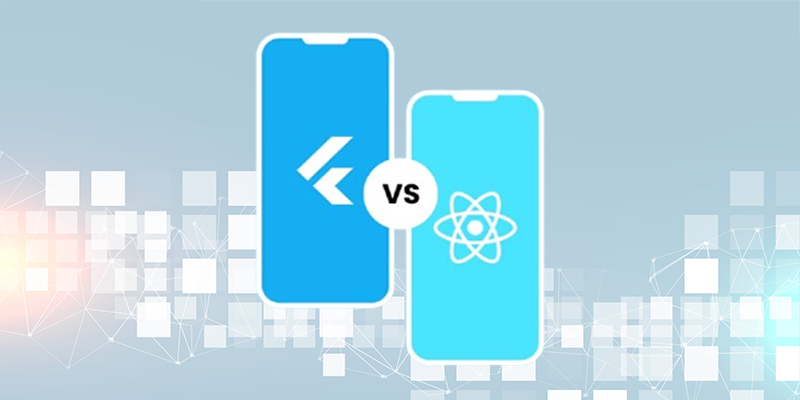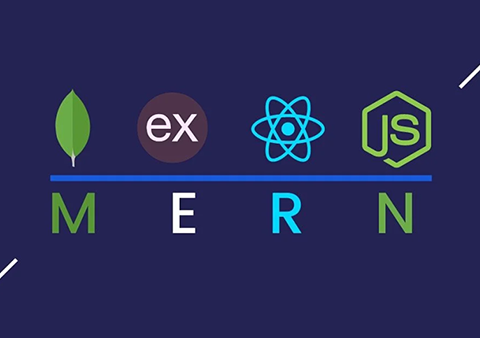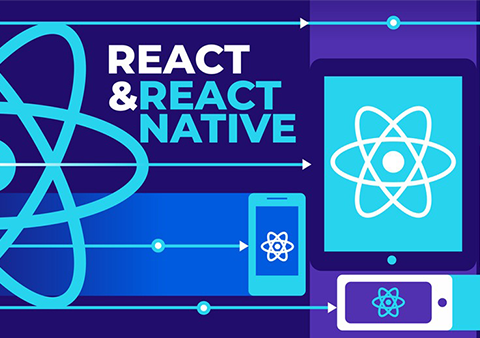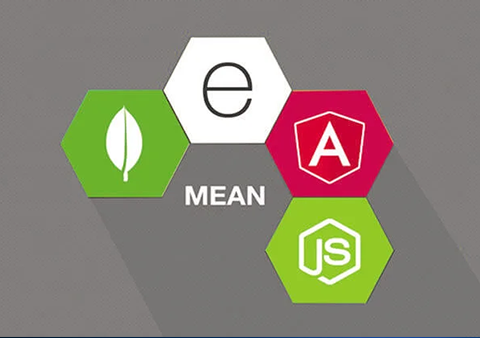Tricky Talks (or TWS Blog)
Empower Your Tech Journey with Insights, Skills, and Innovation
Flutter vs React Native: Which One Should You Learn in 2025?
- Posted By: trickywebsolutions
-
 June 23, 2025
June 23, 2025

Every day, thousands of apps are added to the mobile app market. Numerous reports from credible sources highlight that app downloads increased by 9% in 2018, smartphone users spent USD 100 billion on apps that year, and many similar insights. Today, let us discuss the most sought-after cross-platform frameworks that are utilized for the development of mobile applications. Flutter and React Native enable developers to create applications that function well on different platforms, such as iOS, Android, and the web, from one codebase only. Although both belong to the cross-platform development framework category, they have quite a number of differences in several aspects. In this blog, we will explore both technologies, find out the differences between Flutter vs React Native, React Native vs Flutter pros and cons, and which is better React Native or Flutter in 2025.
What is React Native?
React Native is a framework that consists of both native development and React to build interactive UIs and is considered one of the best mobile development framework. It helps you build mobile apps in JavaScript alone. These applications can be downloaded from the Google Play Store and the Apple App Store. Developers who use React can easily adapt to developing React Native apps, and this makes it highly popular among developers. However, being established for a longer time and using React and JavaScript, it offers more job openings.
React Native was created by Facebook in 2015. It is an open-source platform based on JavaScript. Moreover, it provides the same functionality of sharing a single codebase to create cross-platform apps without compiling various technologies for mobile app development. Famous apps such as Skype, Instagram, Uber Eats, and more use React Native for development.
Real-World Examples of React Native Applications
React Native has become one of the ideal frameworks for most businesses looking to build mobile applications that run on multiple platforms. Here we have listed a few examples of react native applications we use in our daily lives:
Facebook (Meta)
Being a creator, Facebook leverages the React Native framework itself for its app to develop and manage features.
Instagram utilizes the React Native Framework for its various features, such as push notifications, enabling developers to deploy on both iOS and Android.
Tesla
Tesla employs React Native in its app so that users can remotely command their cars, check the battery, and accomplish other basic functionalities.
What is Flutter?
Flutter is listed as an open-source user interface framework created by Google in 2017 to build cross-platform apps running on mobile, Windows, macOS, Linux, and the web. As this framework is relatively new, therefore is less adopted by companies, leading to fewer job openings. The framework is based on Dart. Large organizations like Alibaba, Philips Hue, and Hamilton have opted for Flutter in their app development. The adoption of the Dart language, being recent, has contributed to somewhat slower growth in developer adoption. However, Google regularly pushes updates for Flutter, tightening its performance with every update.
Real-world Examples of Flutter Application
Many of the popular businesses leverage the Flutter framework to build their apps, out of which we have listed a few well-known applications:
Google Pay
The new Google Pay India app was developed with Flutter, owing to its capability to handle sophisticated UI and cross-platform support.
Alibaba
Alibaba, a very large e-commerce site, utilized Flutter to redesign some of their app features and make the app as a whole much better.
BMW
BMW utilized Flutter to create the myBMW app that syncs with their cars on various platforms to provide an immersive driving experience.
React Native vs Flutter Pros and Cons
Take a look at this section to know more about React Native vs Flutter pros and cons.
React Native Pros
A few benefits of using React Native for mobile App development include the following, making it one of the best mobile development framework:
- Built on JavaScript
- Allows app development for multiple platforms with a single codebase
- Emphasizes and supports code reusability
- Growing, active community
- Speeds up development time
- React Native Cons
- Despite having so many advantages, it still lacks some functionalities:
- Not fully native
- Lacks innovative, ready-made components
- Limited options available
- Deprecated libraries and packages
- UI performance can be affected and requires extensive testing
- Larger app sizes
Benefits of Using Flutter
Here are some benefits of using Flutter for cross-platform mobile app development:
- Excellent UI
- Offers a variety of widgets
- Faster app performance
- Enables web app development (Flutter 2)
- Comprehensive documentation and active community
- Facilitates consistent UI across multiple devices
Drawbacks of Flutter
Below, we have listed a few drawbacks of using Flutter:
- Not fully native
- Larger app size
- Limited set of tools
Flutter vs React Native: The Key Difference
We have curated this section to explain Flutter vs React Native- the key difference in detail:
| Features | React Native | Flutter |
| Creator | Produced by Facebook | Produced by Google |
| Language | React Native depends greatly on native components. | Makes use of custom-designed visual, platform-specific, and interactive widgets. |
| Performance | Improves the overall performance by using JavaScript to bind native components to a bridge. | Operates without a bridge to initiate interactions with the device’s native components; therefore, the performance of Flutter is better. |
| Development Speed | Development speed and runtime are slower as compared to Flutter. | As interactions with native components are quicker, the development process is faster. |
| Documentation | Has minimal documentation and hugely depends on third-party development kits. | Flutter is simple and has a properly arranged format with detailed information, making it easy to understand. |
| Popularity | As it was launched before Flutter, it has more users and is popular as compared to Flutter. | Flutter, though increasing its pace of adoption, is a relatively new framework with fewer developers. |
| Community Support | Launched as open-source, React Native is one of the best mobile development framework, supported by a large community. | Flutter is a newer framework with a smaller community as compared to React Native. |
| Industry Trends | As per the StackOverflow study, more than 60% of developers preferred React Native. | Flutter, ranked higher, with more than 65% loving it. |
| Compilation | React supports just-in-time (JIT) compilation | Supports Ahead-of-Time (AOT) compilation |
| UI Components | Provides its own collection of UI components. | Flutter also provides its own set of UI components. |
| Hot Reload | Uses Hot Reload for quick iteration. | Utilizes Hot Reload for rapid development. |
| UI Components | Provides its own collection of UI components | Flutter also provides its own set of UI components |
| 3D Support | Offers superior support for 3D. | Lacks support for 3D. |
Which is better React Native or Flutter
After seeing the detailed key difference between React Native vs Flutter, you must have got a clear idea about what makes both frameworks different from each other and the key benefits each framework offers, but if you are still confused and can’t figure out Which is better React Native or Flutter and which one would best suit you, then read below:
Choose Flutter When Your App Needs to Match the Following Criteria:
– The app doesn’t require any native functionality.
– When you need to hand over the project within a specific budget.
– Quick product launch and fast development are top priorities.
– A single codebase is needed to support multiple platforms.
– The application must perform between 60 FPS and 120 FPS.
– A customized, user-friendly UI built with widgets is essential.
Choose React Native if Your App Aligns With the Following Criteria:
– You’re planning to scale an existing project using cross-platform modules.
– Time and budget are not major constraints.
– The goal is to build simple, lightweight native applications.
– There’s a need to create shared APIs effortlessly.
– You want an app with asynchronous architecture and a visually appealing UI.











